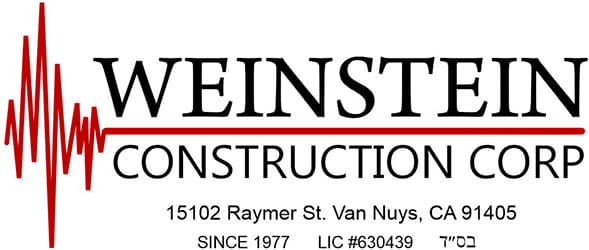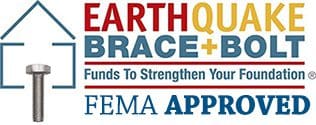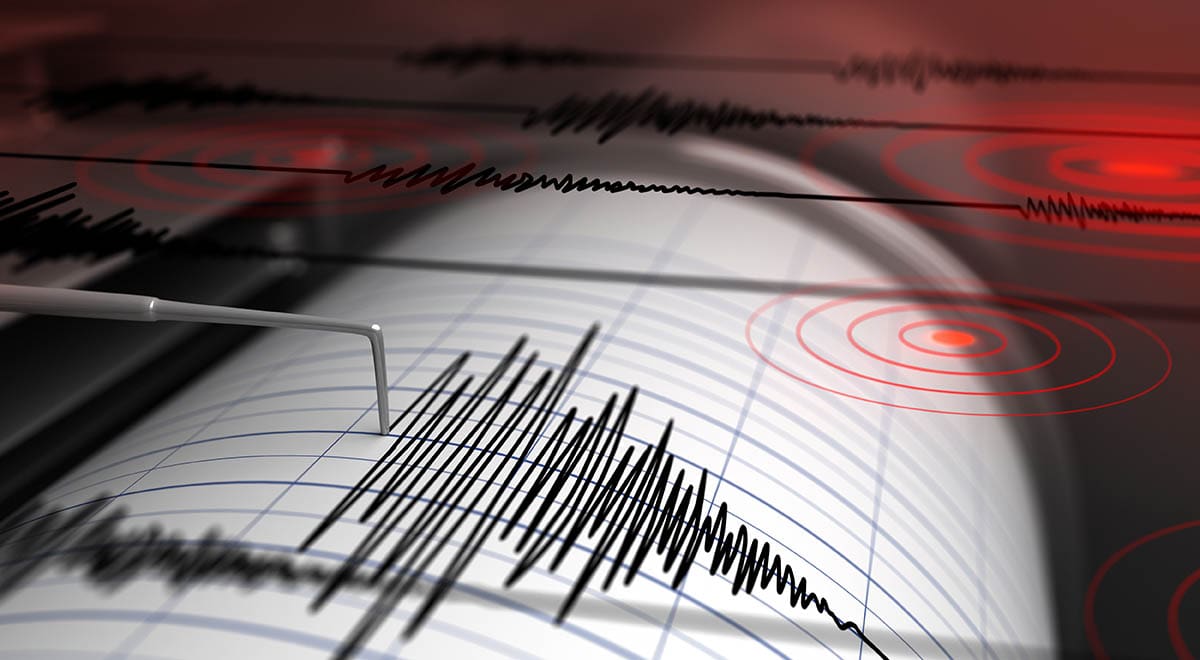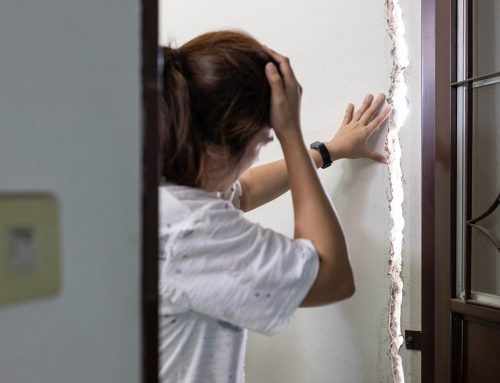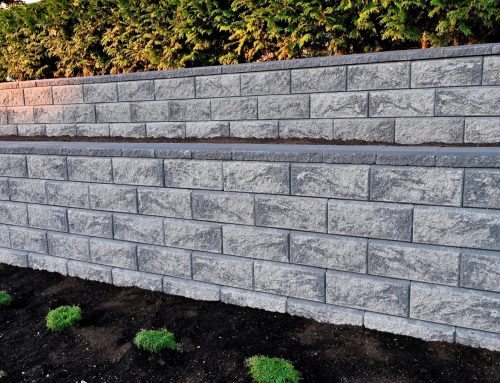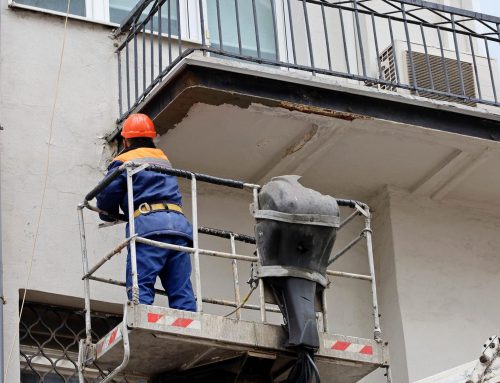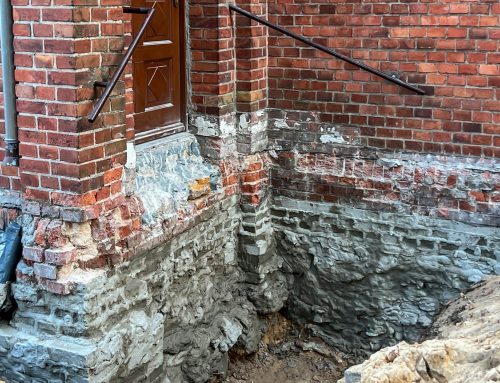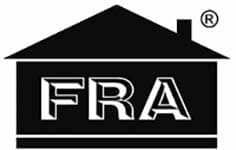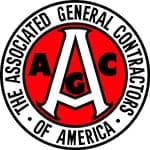What are the benefits of Soft Story retrofit in Los Angeles
Homeowners and commercial property owners in Los Angeles know that they have an urgent need to retrofit their buildings to safeguard them from the destructive forces of earthquakes. Because so many of our clients who are owners and/or landlords of Los Angeles commercial properties are interested in more information about Soft Story programs, we thought we’d write yet another informative blog on this specific subject, and this time, taking into consideration the various programs and ordinances of the many cities in the greater Los Angeles region which have mandatory retrofit programs. Below is a list of many of these cities, beginning with the City of Los Angeles. But first, let’s explain what are Soft Story buildings, and why they are vulnerable to earthquake damage!
What is considered a Soft Story building
In case you are wondering what is a Soft Story building, it is important to set the stage and explain that Soft Story structures are multi-story buildings that have large open spaces on their first or second floors, instead of walls that are typically required as part of a stable earthquake engineering design (one example is an apartment building’s “tuck-under” parking garage structure).
What is the problem with Soft Story buildings
The problem with Soft Story buildings is that such structures must be retrofitted as they can be critically damaged from the forces of seismic activity. In the greater Los Angeles area, retrofitting is more important than ever, especially in light of a new study published last year in the Bulletin of the Seismological Society of America, which states that the chance of a big earthquake along the San Andreas fault, right here in the Greater Los Angeles area, has now tripled because of the 2019 Ridgecrest earthquake!
City of Los Angeles Soft Story Retrofit Program
The City of Los Angeles Soft Story Retrofit Program has identified 13,500 buildings vulnerable to structural failure both during and after an earthquake. This program requires the owners of these buildings to comply with mandatory City Ordinances 183893 and 184081 and retrofit the buildings within a specific time frame. Those buildings that were deemed most vulnerable have the following attributes:
- Consist of two or more stories of wood frame construction
- Built under code standards enacted before January 1, 1978 and
- Contain ground floor parking or other similar open floor spaces.
To verify if your building is within the scope of the mandatory Soft Story Retrofit Program, you can do a quick and easy check on the LADBS website.
City of Burbank Soft-Story Seismic Retrofit Program
The City of Burbank has identified multiple buildings in its jurisdiction that do not have a resilient, modern construction that can withstand earthquake damage. The City has called such older buildings “potentially seismically vulnerable” and has established various programs for the retrofit and strengthening of such buildings. The City has adopted and enforces the 2019 California Building Code, and local amendments can be found in Title 9 of the Burbank Municipal Code.
The City currently has three mandatory and two voluntary seismic retrofitting ordinances:
- Mandatory, which includes unreinforced masonry buildings, as well as reinforced concrete wall and/or reinforced masonry wall buildings with flexible diaphragms and
- Voluntary, which requires seismic strengthening of cripple walls and sill plate anchorage of light, wood-frame residential buildings, earthquake hazard reduction in existing wood frame residential buildings with soft, weak or open walls (Soft-Story), welded steel moment frame buildings, and non-ductile concrete buildings.
City of Beverly Hills Soft-Story Seismic Retrofit Program
The City of Beverly Hills has taken a proactive approach to earthquake safety with the goals of ensuring public safety and minimizing damage to vulnerable buildings in the event of a major earthquake. In so doing, the City has developed a mandatory seismic retrofit ordinance intended to strengthen existing wood-frame multi-family Soft Story buildings.
The ordinance, which became effective on January 11, 2019, addresses Soft Story buildings which are most vulnerable and have been identified with the following criteria: (i) a permit for construction of a new building was applied for before January 1, 1978, or if no permit can be located, the structure is determined by the City Building Official to have been built under building code standards enacted prior to January 1, 1978, and (ii) the ground floor or basement portion of the structure contains parking or other similar open floor space that causes Soft, Weak, or Open-Front Wall lines and there exists one or more stories above. Further information about the City’s Soft Story retrofit program can be found on the City’s website.
City of West Hollywood Soft-Story Seismic Retrofit Program
On April 17, 2017, the West Hollywood City Council formally adopted an ordinance establishing a framework for the seismic retrofit of two types of existing buildings. The ordinance, No. 17-1004, establishes the following provisions: (i) mandatory Strengthening Provisions for Existing Wood-Frame Buildings with Soft, Weak, or Open-Front Walls; and (ii) voluntary Strengthening Provisions for Cripple Walls and Sill Plate Anchorage in Existing Wood-Frame Buildings. The ordinance for these two types of buildings, which became effective on April 1, 2018, can be found on the City’s website. Additional, general information about the City of West Hollywood’s ordinances and programs can be found on the City’s government website.
City of Santa Monica Soft-Story Seismic Retrofit Program
The City of Santa Monica Council adopted its seismic retrofit ordinance in March 2017, establishing a Seismic Retrofit Program which seeks to strengthen existing older buildings and enhance the security and safety of their occupants. Nearly 2,000 commercial and multi-family residential buildings in the City were identified as potentially seismically vulnerable and in need of possible structural improvement. Importantly, all these buildings are now required to comply with the City’s Seismic Retrofit Program. To determine whether your building is on the City’s list to comply, you can use the City’s searchable map, as well as its Open Data website for a listing of properties. For additional information on notifications from the City, compliance time-frames, and the structural evaluation review process, visit the City’s departmental website.
City of Pasadena Soft-Story Seismic Retrofit Program
The City of Pasadena acknowledged its aging building stock by passing a local ordinance No. 7345, requiring seismic retrofits to certain categories of potentially vulnerable buildings. In May 2019, the City adopted a Mandatory Seismic Retrofit Ordinance after determining that there were approximately 493 wood Soft Story buildings that required evaluation and a retrofit.
Subject to certain exceptions, Ordinance No. 7345 applies to all existing buildings of wood-frame construction, or wood-frame portions thereof, where: (i) a permit for construction of a new building was applied for on or before November 12, 1976, or if no permit can be located, the structure is determined by the Building Official to have been built under Building Code standards enacted prior to November 12, 1976, and (ii) the Ground Floor or basement portion of the structure contains parking or other similar open floor space that causes Soft, Weak, Open-Front Wall Lines. Pursuant to Ordinance No. 7345, properties requiring a retrofit are categorized as follows:
- Priority 1: Parcels containing buildings with 3 or more stories, or containing 25 or more dwelling units total, or Qualified Historic buildings (any size or number of units)
- Priority 2: Parcels containing 10 to 24 units total and
- Priority 3: All parcels containing non-historic, 2-story buildings with 5 to 9 units total.
As of August 2021, notices have been sent to all owners of affected properties in Priorities 1, 2 and 3:
- Priority 1: December 5, 2019
- Priority 2: December 2, 2020 and
- Priority 3: March 3, 2021.
For additional information visit the City of Pasadena’s Soft Story retrofit program.
The City of Glendale Soft-Story Seismic Retrofit Program
While Soft Story seismic retrofits in the City of Glendale are currently done on a voluntary basis, the City is expected to pass an ordinance mandating such retrofits in the near future. At last count, there are about 1,000 vulnerable Soft Story buildings in Glendale, and the LA Times has already reported that “Some local landlords are retrofitting their properties.”
City of Culver City Soft-Story Seismic Retrofit Program
The City of Culver City contains hundreds of Soft-Story buildings that have potential deficiencies which places them at the highest risk of significant damage during a large earthquake. To minimize its seismic risk, the City of Culver City has chosen to be proactive in developing a program to identify, evaluate, and upgrade Soft-Story buildings. The City has engaged in a phased program to address Soft Story building retrofits:
- On December 10, 2018, the City Council selected technical consultants to prepare a citywide survey of commercial and residential structures in order to identify those that had Soft Story characteristics that make them vulnerable in earthquakes.
- On October 14, 2020, the City’s Community Development Department and its technical consultant met to discuss and begin drafting a Seismic Retrofit Ordinance to address weaknesses in the City’s Soft Story buildings.
- On November 5, 2020, City staff engaged the structural engineering community for their technical perspective via the Structural Engineering Association of Southern California (SEAOSC) and discussed drafting an ordinance and programs with a panel of independent, qualified, subject matter technical experts.
For additional information visit the City of Culver City’s Soft Story retrofit program.
City of Long Beach Soft-Story Seismic Retrofit Program
Although the City of Long Beach does not currently mandate the retrofit of Soft Story buildings, the City has long had a voluntary program in place for retrofitting such weak buildings. As such, Chapter 18.70 of the Long Beach Building Standards Code, provides information on the City’s voluntary earthquake hazard reduction plan for Soft Story buildings, and it is anticipated that the City’s voluntary program will, in the near future, be supplanted by a mandatory program. For additional information visit the City of Long Beach’s voluntary earthquake hazard reduction standards.
Note also that other City ordinances, to wit, chapters 18.60 through 18.77, have been added to the code to provide special requirements including voluntary earthquake hazard reduction standards for existing buildings in the City.
Top seismologists and building scientists all agree that there is an urgent need to retrofit residential and commercial properties in Los Angeles and safeguard them from the destructive forces of earthquakes. Property owners should prepare today for the real and very imminent threat of seismic activity. If you wish to discuss or schedule a free inspection of your home or Soft-Story structure, call Weinstein Construction at (888) 412-8363.
